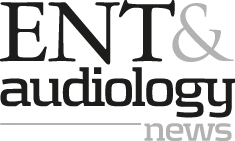The symptom of nasal obstruction is subjective when patients present in clinics. The decision to intervene surgically is often made on clinical appearance of the nasal septum and turbinates which, unless extreme, cannot always be judged as different from patients without this symptom. Using cephalometric study of structures in the nose and by measuring distances, angles and areas pertaining to structures which may be obstructive, such as the septum and turbinates, the authors have studied the role of these in subjects with and without nasal obstruction. The relevant areas of the septum, namely the vertical part (swell body), the antero-inferior part (‘spur’), perpendicular plate of ethmoid (postero-superior) and vomerine spur were evaluated in retrospective CT scans of patients undergoing surgery for nasal obstruction and compared statistically with CT scans of individuals investigated by this modality following trauma in the same time period, which formed a control group, presumably without nasal obstruction. It was noted that width of the septal swell body did not differ in the two groups. Patients with nasal obstruction had significantly larger deviation of septal spur and vomer, but only slightly larger deviation of perpendicular plate. The size of the turbinates, which was mapped out and the area measured, did not matter. Whether or not the subjects in the control group had nasal obstruction and a single, two-dimensional CT evaluation remains a limitation of this study.



